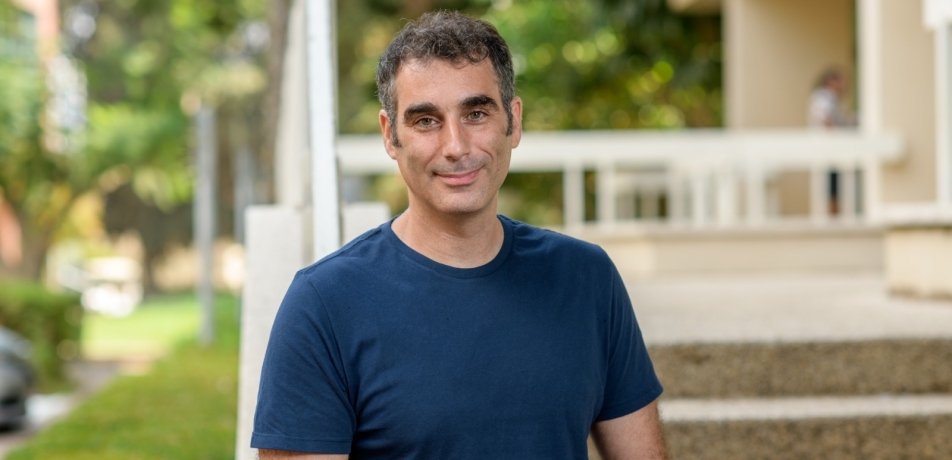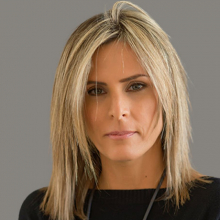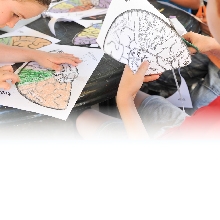Introducing Dr. Ephraim Shahmoon
Lighting the way
New scientists

Dr. Ephraim Shahmoon
Such “spooky” properties, characteristic of extremely small particles like atoms and photons, have not yet been fully harnessed for technology. However, advances in quantum theory made by Dr. Ephraim Shahmoon may bring us closer to that goal.
Dr. Shahmoon is a Weizmann-trained scientist who spent his postdoctoral fellowship at Harvard studying how groups of atoms interact with light.
“Some scientists use light to investigate matter, with the goal of characterizing quantum behavior,” he says. “I ask something different: ‘How do the components of existing experimental systems affect the quantum behavior of light itself?’”
Dr. Shahmoon, who studied electrical engineering and physics as an undergraduate, once worked as an antenna engineer. Now, in studies that parallel the antennas he once designed—metaphorically at least—he spends his days “listening in” on how groups of atoms talk to light, together.
“The quantum physics of collective light-matter interaction is relevant to many physical and chemical systems, and is interesting on the level of basic science,” he says. “Advancing the theory that leads to successful experimentation could clear the path toward future quantum technologies that are expected to far out-perform anything that classical electronics has ever produced.”
Creating a new kind of mirror
The blueprint for one quantum tool—the result of work undertaken by Dr. Shahmoon during his postdoc—already exists. “We determined that an array of just a few dozen atoms can produce a mirror that reflects light at specific, tunable, frequencies,” he says. “In our everyday lives we have no shortage of mirrors, so you may ask, why create another? But our mirror is different: since the small collection of atoms that are its basic components are governed by the quantum laws of superposition, they can exist in two states, reflecting light, and not, at the same time. This means we can generate quantum-entangled states of light, something that is critically important for future quantum technologies.”
Dr. Shahmoon says that controlling the collective and quantum characteristics of light-matter interactions may someday make it possible to build more accurate atomic clocks and sensors, or even “crack the code” of photosynthesis for efficient solar energy harvesting. “I am inspired by scientists such as John Bardeen, who trained as an engineer and won a Nobel Prize for inventing the transistor, and a second Nobel for his theory of superconductivity,” he says. “I’m working in a field with applications, but theory will always light the way.”
Born in Tel Aviv, Dr. Ephraim Shahmoon earned BSc degrees in physics, summa cum laude, and electrical engineering, magna cum laude, from Tel Aviv University in 2005. After working in the field of antenna design, he came to the Weizmann Institute, where he earned his MSc from the Department of Condensed Matter Physics (2009) and his PhD from the Department of Chemical Physics (2014). From 2015 to 2019 he was a postdoctoral fellow in physics at Harvard University. Dr. Shahmoon is a recipient of the Shimon Reich Memorial PhD Prize (2015), a Wolf Foundation scholarship (2004), and a number of other honors for academic excellence. He is a reviewer for journals including Science and Physical Review Letters. Dr. Shahmoon has lived and traveled extensively in China, and, with the help of international students on the Weizmann campus, enjoys brushing up on his Mandarin language skills. He is married to Keren, and is the father of a son who entered first grade this year.







